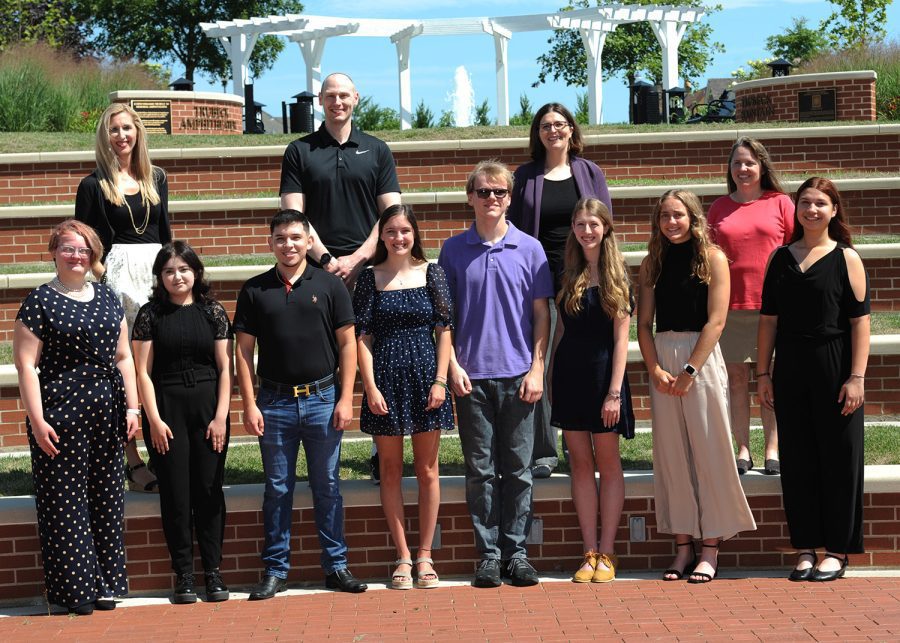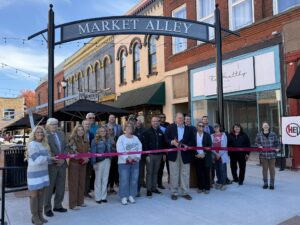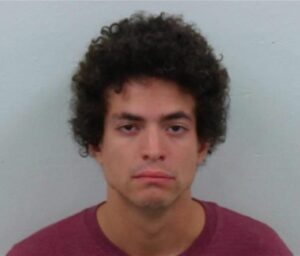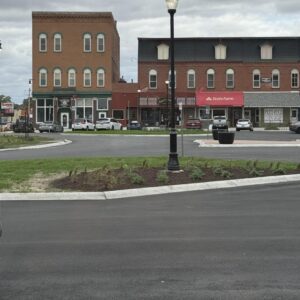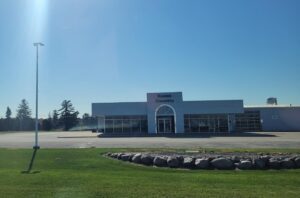When discussing his Doc Kieft summer undergraduate research related to Parkinson’s disease, Monmouth College student Riley Kalnins ’26 touched on a very important element of the program.
“You just get better with experience,” said Kalnins, a biochemistry major from Lincoln, Nebraska. “You get more efficient.”
Kalnins’ research adviser, Janet Ugolino, coordinates the College’s neuroscience program. She also made a strong case for the value of the Kieft program.
“I’m convinced that this program helped one of my students get a graduate research position at the University of Wisconsin-Madison,” she said.
The Monmouth students have the research opportunity thanks to an estate gift from chemistry professor Richard “Doc” Kieft, established at the time of his death in 2009. Kieft’s gift includes funding for scholarships, faculty stipends and travel, making it possible for students to attend Monmouth, to conduct summer research, and to present that research at conferences.
“Every year we see students who get this opportunity surprise themselves with what they can do as researchers, and that stays with them throughout their time at Monmouth,” said chemistry professor Audra Goach. “It sets them up with great confidence for their future. We are forever indebted to Doc for his generosity.”
‘Dipalmitoylphosphatidylcholine’
Eight students gave 15-minute overviews of their research on July 14, covering a range of topics, from the study of the progression of Parkinson’s and Alzheimer’s, to making better sourdough bread.
Several of the students were rising seniors, but half of them had just completed their freshman year.
“They’re brand new to research,” said Goach when introducing Ivy Hawkins ’26 of New Baden, Illinois, and Cassandra Nolasco ’26 of Chicago, who gave a joint presentation.
But the duo had already gained enough experience that they were very articulate explaining complex scientific terms. That would be impressive enough when speaking one-on-one with one of their professors, but that they could communicate so well when standing in front of a room full of three dozen audience members was even more so.
A prime example came from Nolasco, who effortlessly recited the full name for the phospholipid DPPC – dipalmitoylphosphatidylcholine – and other tongue twisters during the joint presentation, when she and Hawkins explained a key part of their research – the use of Langmuir monolayers as model membrane systems. Nolasco used that technique as a foundation for her study of the progression of Alzheimer’s disease, while Hawkins investigated the healing effects of Northern bee propolis on burned and wounded skin.
Nolasco reported that of the 6.7 million Americans with Alzheimer’s, roughly two-thirds are women. The disease is caused by an abnormal binding of proteins between cells in the brain, which causes the cells to die. The binding is held together by cholesterol. By using a model membrane system, Nolasco investigated the relationship between sex hormones – estrogens and androgens – and their role in the progression of Alzheimer’s.
A takeaway to preventing Alzheimer’s, she said, is to “lower cholesterol,” regardless of gender.
More on Alzheimer’s
Alejandro Arteaga ’24 also addressed Alzheimer’s and said, “There’s no cure, but there is treatment. You can slow the progression.”
A graduate of Monmouth-Roseville High School, Arteaga maintained a busy regimen of lab work this summer as he investigated chalcone synthesis as a potential treatment for the disease.
“I would see just like a flash across the window, and it would be Alejandro, carrying another round-bottom flask, because he did SEVEN reactions,” said Goach.
Chemistry major Lina Jursa ’24 of Homewood, Illinois, sharpened her skills in the subject while creating a tasty product – loaf after loaf of sourdough bread.
She conducted a deep dive into the molecular composition of sourdough starters, focusing on the presence, or lack thereof, of Lactobacillus bacteria. A simple oven may have been Jursa’s final tool, but along the way she used a Qiagen PowerSoil Kit and a Qubit 4 Fluoroemter, then sent cultures to GeneWhiz for 16srRNA sequencing.
Her research showed that the sourdough starters that originated in Illinois resulted in less sour bread than her outsourced cultures. The most sour bread came from a San Francisco-based starter and was named, appropriately, Lactobacillus sanfranciscensis.
The other students who participated in this year’s Kieft summer research are Julia Bean ’24 of Eureka, Illinois, Hannah McGhee ’26 of Morris, Illinois, and Elizabeth Schmidt ’24 of Waverly, Iowa.
***Courtesy of Barry McNamara, Monmouth College***


